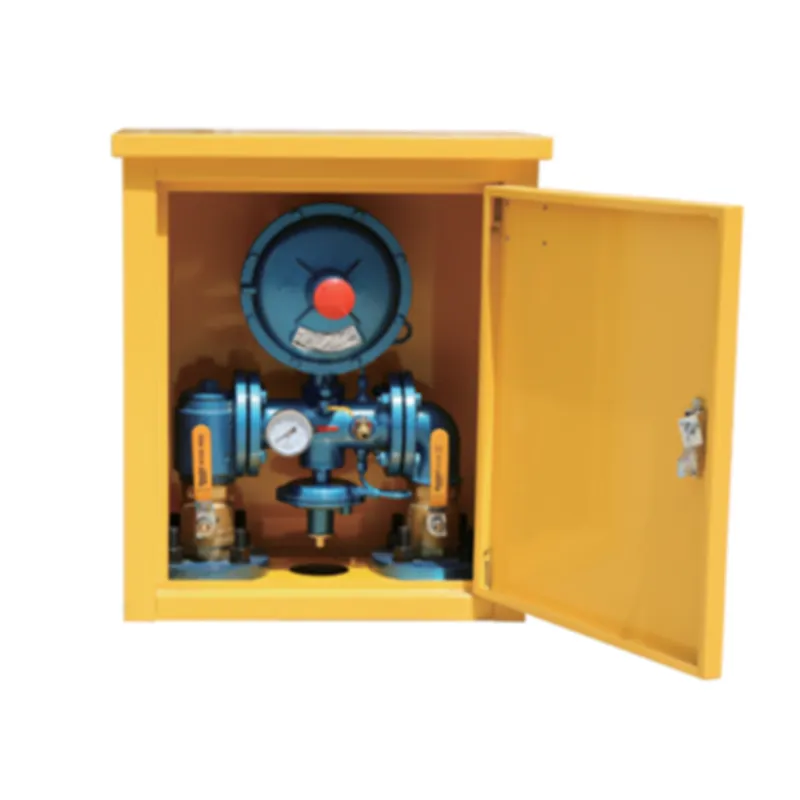
Nov . 06, 2024 09:53
Back to list
Efficient Gas Coalescing Techniques for Enhanced Separation and Purification
The Gas Coalescer A Key Component in Industrial Processes
In various industrial applications, the management of gas streams is essential for efficiency, safety, and product quality. One critical device used to ensure the optimal performance of gas systems is the gas coalescer. This specialized equipment plays a pivotal role in removing contaminants and enhancing the purity of gas streams, ultimately leading to better operational outcomes.
A gas coalescer operates on the principle of coalescence, where smaller droplets of liquid or solid particles within a gas stream are merged into larger droplets. This process is vital in applications where the presence of liquids or particulate matter can adversely affect system performance. Common uses of gas coalescers include the oil and gas industry, chemical processing, and power generation, among others.
The primary function of a gas coalescer is to separate and eliminate unwanted particles from gases. For instance, in natural gas processing, impurities such as water, hydrocarbon liquids, and solid particulates can be present. If these impurities are not effectively removed, they can lead to equipment corrosion, reduced efficiency, and increased operational costs. By installing a gas coalescer, industries can ensure that their gas streams are clean and free from harmful contaminants.
The design of a gas coalescer typically includes a filter element, which consists of a series of layers designed to capture and coalesce droplets. As gas passes through the filter, the smaller droplets collide and coalesce into larger ones. These larger droplets then gravitate towards the bottom of the coalescer, where they can be drained away. This separation process is further facilitated by the use of specific materials that enhance the coalescing properties and improve the overall efficiency of the device.
gas coalescer

One of the significant advantages of using a gas coalescer is its ability to improve the reliability and longevity of downstream equipment. In many industrial settings, the presence of contaminants can lead to severe damage to pumps, compressors, and valves. By ensuring that the gas is free from liquid and solid impurities, a gas coalescer helps maintain the smooth operation of these critical components, thereby reducing maintenance costs and downtime.
Moreover, gas coalescers contribute to environmental protection. By effectively removing hydrocarbons and other pollutants from gas streams, industries can comply with stringent environmental regulations and minimize their ecological footprint. This is increasingly important as companies strive to adopt more sustainable practices and meet the expectations of regulators and the public.
The implementation of a gas coalescer can also lead to significant cost savings. Industries often face high costs associated with the treatment of contaminated gases and the replacement of damaged equipment. By investing in a gas coalescer, businesses can prevent these costs and enhance their overall profitability through improved process efficiency.
In conclusion, gas coalescers are essential components in the management of gas streams in various industrial processes. By effectively removing contaminants, these devices not only ensure the operational efficiency and longevity of equipment but also contribute to environmental sustainability. As industries continue to seek innovative solutions to enhance performance and comply with regulatory standards, the importance of gas coalescers will only increase, solidifying their role in modern industrial applications.
Latest news
-
Safety Valve Spring-Loaded Design Overpressure ProtectionNewsJul.25,2025
-
Precision Voltage Regulator AC5 Accuracy Grade PerformanceNewsJul.25,2025
-
Natural Gas Pressure Regulating Skid Industrial Pipeline ApplicationsNewsJul.25,2025
-
Natural Gas Filter Stainless Steel Mesh Element DesignNewsJul.25,2025
-
Gas Pressure Regulator Valve Direct-Acting Spring-Loaded DesignNewsJul.25,2025
-
Decompression Equipment Multi-Stage Heat Exchange System DesignNewsJul.25,2025

